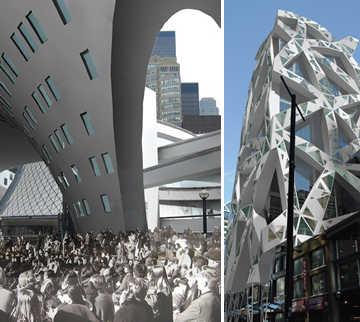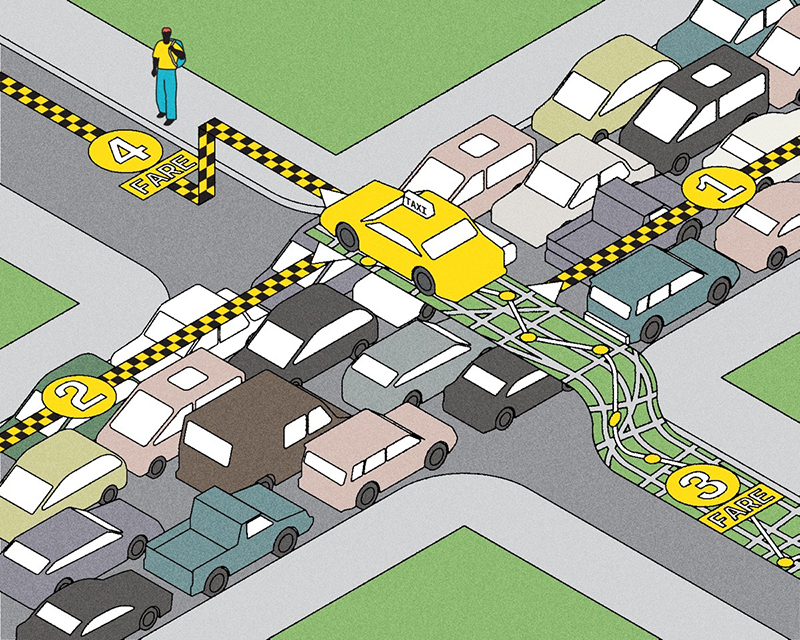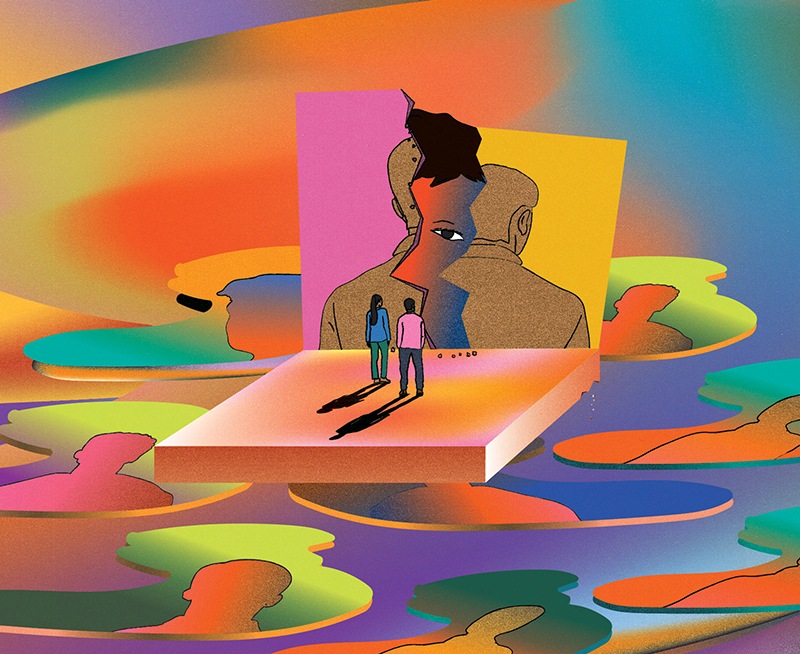These unusual looking buildings don’t exist – yet. They are designs by U of T architecture grads Lingchen Liu and Chenglong Wang that were published recently in a special university edition of Mas Context, an international journal about urban issues.
Aware that millions of people migrate to cities each year, Liu and Wang grew interested in new kinds of housing that could fill in a city’s “leftover” sites. Their designs would increase a city’s density without requiring new sites for traditional “block” buildings.
The design on the left imagines apartments forming a canopy over a public space. The one on the right proposes to clad an existing office building with a new “layer” of housing that climbs like ivy up the building’s exterior. “A great diversity of unit sizes and configurations is an interesting result of this innovation,” says Liu, who, along with Wang, graduated from the Daniels Faculty in 2006. They both now work in China.
In its university edition, Mas Context included 50 design projects from students from around the world.
Recent Posts
People Worry That AI Will Replace Workers. But It Could Make Some More Productive
These scholars say artificial intelligence could help reduce income inequality
A Sentinel for Global Health
AI is promising a better – and faster – way to monitor the world for emerging medical threats
The Age of Deception
AI is generating a disinformation arms race. The window to stop it may be closing






One Response to “ Urban Living ”
Another thing to consider is light. A canopy-like building over public places would restrict the amount of natural light in those spaces. Think of The Loop in Chicago - the streets under the L-Train tracks are unpleasant in part because they are so dark.
The same thing goes for "ivy" like buildings, which would restrict the amount of light filtering into the buildings they surround, which would also force them to use more energy for lighting.
Interesting concepts, though.